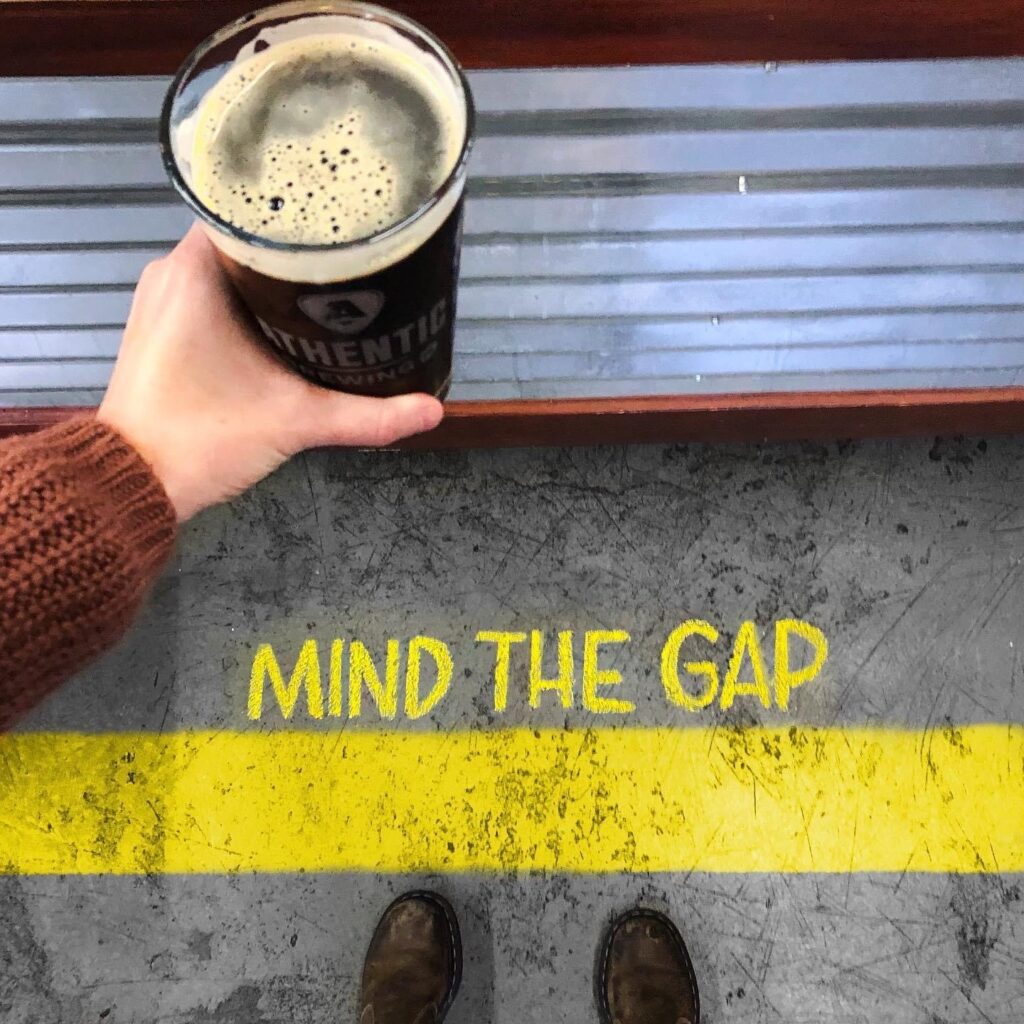Overall Impression
A dark, low-gravity, malt-focused British session ale readily suited to drinking in quantity. Refreshing, yet flavorful, with a wide range of dark malt or dark sugar expression.
Appearance
Copper to dark brown or mahogany color. A few paler examples (medium amber to light brown) exist. Generally clear, although is traditionally unfiltered. Low to moderate off-white to tan head; retention may be poor.
Aroma
Low to moderate malt aroma, and may have some fruitiness. The malt expression can take on a wide range of character, which can include caramel, toffee, grainy, toasted, nutty, chocolate, or lightly roasted. Little to no hop aroma, earthy or floral if present. Very low to no diacetyl.
Flavor
Generally a malty beer, although may have a very wide range of malt- and yeast-based flavors (e.g., malty, sweet, caramel, toffee, toast, nutty, chocolate, coffee, roast, fruit, licorice, plum, raisin). Can finish sweet to dry. Versions with darker malts may have a dry, roasted finish. Low to moderate bitterness, enough to provide some balance but not enough to overpower the malt. Fruity esters moderate to none. Diacetyl and hop flavor low to none.
Mouthfeel
Light to medium body. Generally low to medium-low carbonation. Roast-based versions may have a light astringency. Sweeter versions may seem to have a rather full mouthfeel for the gravity.
History
Historically, ‘mild’ was simply an unaged beer, and could be used as an adjective to distinguish between aged or more highly hopped keeping beers. Modern milds trace their roots to the weaker X-type ales of the 1800s, although dark milds did not appear until the 20th century. In current usage, the term implies a lower-strength beer with less hop bitterness than bitters. The guidelines describe the modern British version. The term ‘mild’ is currently somewhat out of favor with consumers, and many breweries no longer use it. Increasingly rare. There is no historic connection or relationship between Mild and Porter.




Comments
Most are low-gravity session beers around 3.2%, although some versions may be made in the stronger (4%+) range for export, festivals, seasonal and/or special occasions. Generally served on cask; session-strength bottled versions don’t often travel well. A wide range of interpretations are possible. Pale versions exist, but these are even more rare than dark milds; these guidelines only describe the modern dark version.